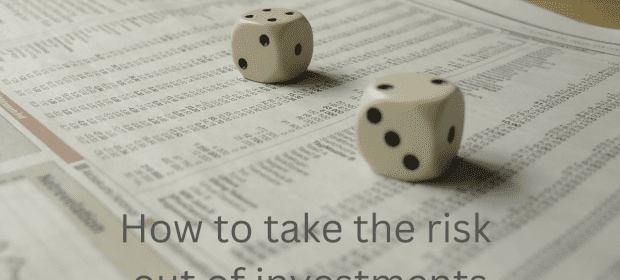THE RATIONAL, IRRATIONAL AND EMOTIONAL STRUGGLE
In such challenging times, emotions may play a significant role in investment decisions. Investors feel the variances in their portfolios’ performance much more than the average return over the life of their investments. Rationally, investors know that markets cannot keep going up indefinitely. Irrationally, we are surprised when markets decline.
IN VOLATILE MARKETS STAYING INVESTED MAY BE CHALLENGING
It is a challenge to look beyond the short-term variances and focus on the long-term averages. The greatest challenge may be in deciding to stay invested during a volatile market and a time of low consumer confidence. History has shown us that it is important to stay invested in good and bad market environments. During periods of high consumer confidence stock prices peak and during periods of low consumer confidence stock prices can come under pressure. Historically, returns trended in the opposite direction of past consumer confidence data. When confidence is low it has been the time to buy or hold.
Of course, no one can predict the bottom or guarantee future returns. But as history has shown, the best decision may be to stay invested even during volatile markets.
DECLINES MAY PRESENT OPPORTUNITIES
An emotional roller coaster ride is especially nerve-racking during a decline. However, the best opportunity to make money may be when stock prices are low. Buying low and selling high has always been one of the basic rules of investing and building wealth. Yet during these emotional and challenging times it is easy to be fearful and/or negative so let’s turn to the wise advice of one of the world’s best investors, the late Sir John Templeton:
“Don’t be fearful or negative too often. For 100 years optimists have carried the day in U.S. stocks. Even in the dark ’70s, many professional money managers—and many individual investors too—made money in stocks, especially those of smaller companies…There will, of course, be corrections, perhaps even crashes. But, over time, our studies indicate stocks do go up…and up…and up…Chances are that certain other
indexes will have grown even more. Despite all the current gloom about the economy, and about the future, more people will have more money than ever before in history. And much of it will be invested in stocks. And throughout this wonderful time, the basic rules of building wealth by investing in stocks will hold true. In this century or the next it’s still ‘Buy low, sell high’.”
Watching from the Sidelines May Cost You
When markets become volatile, a lot of people try to guess when stocks will bottom out. In the meantime, they often park their investments in cash. But just as many investors are slow to recognize a retreating stock market, many also fail to see an upward trend in the market until after they have missed opportunities for gains. Missing out on these opportunities can take a big bite out of your returns.
Euro / Dollar Cost Averaging Makes It Easier to Cope with Volatility
Most people are quick to agree that volatile markets present buying opportunities for investors with a long-term horizon. But mustering the discipline to make purchases during a volatile market can be difficult. You can’t help wondering, “Is this really the right time to buy?” Euro / Dollar cost averaging can help reduce anxiety about the investment process. Simply put, Euro / dollar cost averaging is committing a fixed amount of money at regular intervals to an investment. You buy more shares when prices are low and fewer shares when prices are high, and over time, your average cost per share may be less than the average price per share.
Euro / Dollar cost averaging involves a continuous, disciplined investment in fund shares, regardless of fluctuating price levels. Investors should consider their financial ability to continue purchases through periods of low price levels or changing economic conditions. Such a plan does not assure a profit and does not protect against loss in a declining market.
Now May Be a Great Time for a Portfolio Checkup
Is your portfolio as diversified as you think it is? Meet with me to find out. Your portfolio’s weightings in different asset classes may shift over time as one investment performs better or worse than another. Together we can re-examine your portfolio to see if you are properly diversified. You can also determine whether your current portfolio mix is still a suitable match with your goals and risk tolerance.
Tune Out the Noise and Gain a Longer-Term Perspective
Numerous television stations and websites are dedicated to reporting investment news 24 hours a day, seven days a week. What’s more, there are almost too many financial publications and websites to count. While the media provide a valuable service, they typically offer a very short-term outlook. To put your own investment plan in a longer-term perspective and bolster your confidence, you may want to look at how different types of portfolios have performed over time. Interestingly, while stocks may be more volatile, they’ve still outperformed income-oriented investments (such as bonds) over longer time periods.
Believe Your Beliefs and Doubt Your Doubts
There are no real secrets to managing volatility. Most investors already know that the best way to navigate a choppy market is to have a good long-term plan and a well-diversified portfolio. But sticking to these fundamental beliefs is sometimes easier said than done. When put to the test, you sometimes begin doubting your beliefs and believing your doubts, which can lead to short-term moves that divert you from your long-term goals. To keep from falling into this trap, call me before making any changes to your portfolio
















